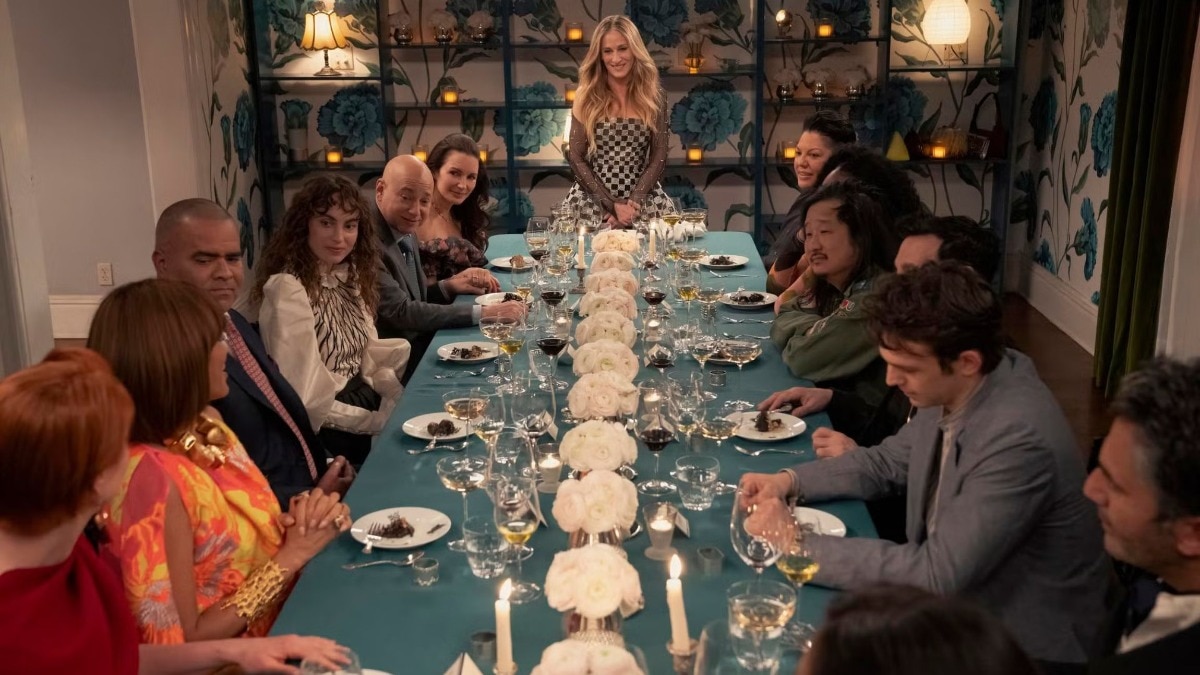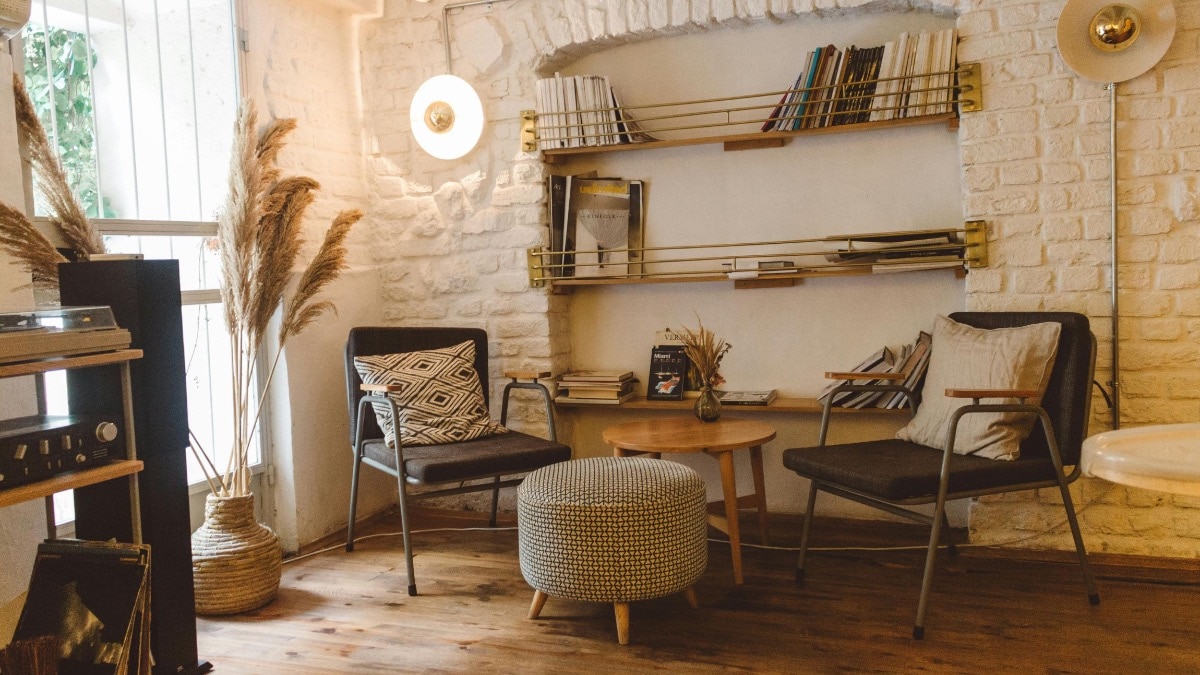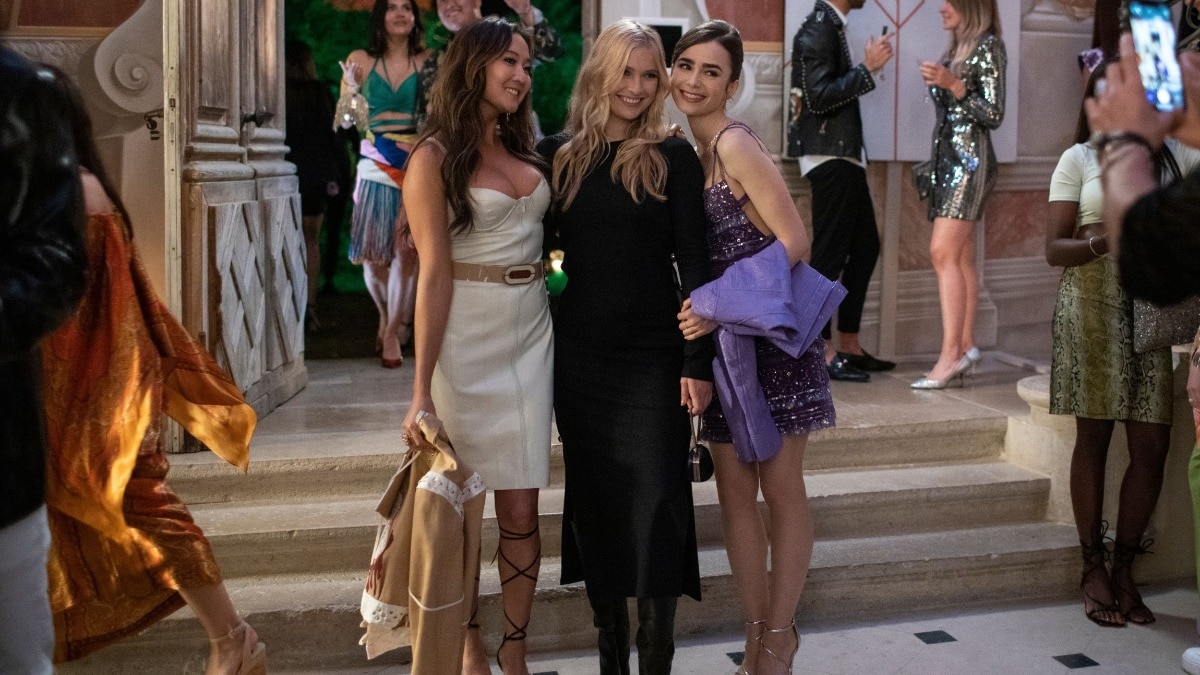
Five rising stars who are icons in the making
Emerging from diverse fields, these rising stars are committed to crafting a legacy, and here's what makes them so unique.


The term ‘icon’ is often overused, applied to anyone or anything that creates a stir, exudes authenticity, or has an enigmatic quality. But to grasp its true meaning in today’s social media-driven world, we must look beyond the surface to find the extraordinary in the unassuming. While fame on social media can be fleeting, it’s those who build lasting momentum that genuinely stand out, committed to crafting a legacy. We scoured the internet, following these rising stars closely to uncover what makes them unique.
RHYTHM & WORDS - IRFANA

Growing up in Kodaikanal, emcee and singer, Irfana found a deep connection with the written word, often immersing herself in books and writing poetry. A strong foundation in music complemented this early love for language, as she received Carnatic vocal and veena training from a young age. The discovery of hip-hop during elementary school marked a pivotal moment, as the genre quickly became a favourite, shaping Irfana’s artistic journey. In college in Bengaluru, Irfana transitioned from writing poetry to experimenting with spoken word, which naturally evolved into rapping. The rhythmic nature of rap, combined with the challenge of crafting meaningful lyrics, resonated deeply, leading her to pursue this art form with passion.
While the now Mumbai-based rapper initially seemed destined for a career in law, having earned a degree in political science, her love for music proved irresistible. Although this path was unconventional, especially in the context of their upbringing, her parents were supportive, recognising, and nurturing her musical talent. “I was always encouraged to learn instruments and explore different forms of music. I was given the freedom to find a balance between my artistic aspirations and the expectations placed upon me,” she says.
Irfana began her journey as both a solo artist and one-half of the duo Irfana and Taslina. She has already enjoyed the first sips of success with the critically acclaimed EP Ko-Lab alongside Taslina. You can also hear her voice on the title track I Am Your King from Netflix’s Masaba Masaba. Her song Kannil Pettole from the Malayalam movie Thallumaala (2022) further solidified that her hip-hop skills are the real deal.
As one of the few female rappers in India, she has faced unique challenges but also found opportunities for visibility. “The music industry, traditionally male-dominated, has seen a gradual increase in female representation, which I view as a positive shift. Although there are still instances where female artists are not taken as seriously, the growing presence of women in the scene is slowly changing perceptions,” she says.
Her first EP was successfully crowdfunded, demonstrating the power of community backing. Since then, she has collaborated with labels like Universal, which has supported several of her songs. While funding remains competitive, Irfana believes there are opportunities available for those willing to pursue them. Since then, she has become the first female artist to be signed by the Def Jam Recordings India label.
Despite the challenges of making it in the music business, Irfana is committed to staying in the industry. “I’ve always wanted to push boundaries and challenge societal norms, especially when it comes to gender and culture,” she says. Irfana continues to use her platform to address social issues, blending profound messages with entertainment, and remains determined to leave a lasting impact through her art.
COLOUR THERAPY - ANIKESA DHING

Anikesa Dhing is committed to taking art off its pedestal. At just 26 years of age, the Vadodara-based artist doesn’t mince her words. Utilising vibrant colours and maintaining a keen understanding of contemporary perceptions of art, Dhing aims to democratise the medium. She holds a BVA and an MVA in Painting from the Faculty of Fine Arts at Maharaja Sayajirao University, Vadodara. She has showcased her work in group exhibitions across India, including at the Priyasri Art Gallery in Mumbai and the Kochi-Muziris Students Biennale in Kochi.
Dhing’s work initially drew inspiration from nostalgia, using objects as markers of memories and experiences. As her artistic practice evolved, she adopted a more philosophical approach, exploring the metaphysical existence of objects. “I began investigating the idea that objects have their timelines and significance, independent of human interaction. By detaching them from their functionality, I isolate these objects within my artworks, inviting viewers to reconsider their relationships with everyday items,” she explains.
Colour plays a pivotal role in Dhing’s art, serving as more than just a medium but as a transformative tool. Departing from naturalistic and conventional colour schemes, she employs bright and bold hues to recontextualise objects, rendering them unfamiliar and encouraging new forms of engagement. Her non-gravitational, large-scale compositions are designed to overwhelm and captivate, breaking down barriers between the viewer and the artwork.
“As a Gen Z, I’m acutely aware of the need to make art relatable and accessible to my generation,” Dhing notes. “We reject the notion of art being placed on a pedestal, striving instead to create pieces that are approachable and engaging. My role as an artist is not just as a creator but as a bridge between complex ideas and the audience.”
FINDING HOME - PRIYANKA MATTOO

Priyanka Mattoo—writer, filmmaker, and former talent agent—has a unique ability to weave humour into the most profound narratives. Born in Kashmir and now based in Los Angeles, the 44-year-old storyteller has carved out a distinct voice in contemporary literature and film. Her debut memoir, Bird Milk & Mosquito Bones, captures her nomadic journey from her Himalayan roots to finding a sense of belonging in the United States.
Mattoo’s early life was marked by upheaval. Her family, deeply rooted in the Himalayas for generations, was forced to flee Kashmir in 1989 due to escalating violence. This displacement set the stage for a life characterised by a search for home—a theme that runs deep in her work.
Despite the gravity of her experiences, Mattoo’s writing is infused with humour, a tool she uses to make complex emotions more accessible. “My writing mirrors my conversational style—engaging, direct, and often humorous,” she says. Her memoir, she notes, wasn’t something she felt ready to write until she was in her forties. “I needed the broad and layered experience that comes with being a person in the world. I shudder to think what kind of memoir I could have written at 25.”
Mattoo is particularly attuned to the need for relatability in today’s literary landscape. Yet, she is careful not to let the pursuit of relatability dilute her authenticity. “The point of my writing is to distil my thoughts and feelings on the page through the lens of my life experience. If I start to worry about being relatable, I’ve lost my writing voice and become a performer.”
Mattoo’s future projects are likely to continue in the same vein, with humour playing a central role. She has a strong preference for deep, meaningful conversations and often uses humour to make complex subjects easier to digest.
“I love having tough conversations with people—I hate small talk. Humour helps make these disconcerting subjects more approachable,” she shares.
In a world where storytelling is constantly evolving, Mattoo stands out as a writer who not only embraces her roots but also uses her unique voice to connect with readers on a deeply human level.
GREEN ARCHITECTURE - RAHUL BHUSHAN

Himachal Pradesh-based architect Rahul Bhushan is a visionary who seeks to bridge the past and present through architecture. As the founder of North, an innovative architecture studio, Bhushan is committed to reinterpreting traditional building practices while pushing the boundaries of material potential. “My approach is rooted in respect for the empirical knowledge of local craftspeople and the indigenous craftsmanship of the Himalayan regions,” he says.
Bhushan’s architectural philosophy is a blend of practicality and artistic expression. He believes that every building should be more than just a structure; it should embody the identity of the person it is built for and resonate with the cultural heritage of its location. His designs are heavily influenced by vernacular architecture, particularly the traditional building practices of three key Himalayan regions: Kath-Khuni dwellings in Kalpa, Himachal Pradesh; Taq dwellings in Srinagar, Kashmir; and Koti Banal structures in Uttarkashi, Uttarakhand. Through his research, Bhushan seeks to understand the intricate knowledge systems that have sustained these indigenous building practices for generations.
One of Bhushan’s most notable projects is the creation of a cabin in Himachal Pradesh that draws heavily on the region’s vernacular architecture. Known as Dhajji Cabin, it is a testament to the resilience and adaptability of traditional building techniques. “The design incorporates the use of wood and stone, materials that have been used in Himachal Pradesh for centuries due to their natural flexibility and earthquake-resistant properties. These materials not only provide structural integrity but also offer superior thermal insulation, making the cabin an environmentally sustainable alternative to concrete constructions,” he explains.
Bhushan emphasises the importance of reusability in his designs. The materials he primarily works with, such as stone and wood, are not only durable but can be reused for generations. This focus on sustainability is a key aspect of Bhushan’s work, as he believes that architecture should not only serve the present but also be a lasting legacy for future generations.
Beyond his architectural practice, Bhushan is also committed to promoting the intangible cultural heritage of Himachal Pradesh. His studio’s research initiative aims to create a social shift by safeguarding indigenous craftsmanship and supporting community-driven rural livelihood development. Through the establishment of regional centres and post-training livelihood programmes, Bhushan seeks to provide craftspeople with the education and resources they need to continue and innovate upon their traditional practices. In Bhushan’s hands, architecture becomes a powerful tool for cultural preservation and environmental stewardship.
THE ACE - SUMIT NAGAL

Tennis can be a brutal sport. Beyond the relentless practice sessions, the need to find motivation to be among the best, and the weight of a billion hopes, it also involves the solitary challenge of facing the world’s top players, often requiring immense resilience. Rising tennis star Sumit Nagal appears to be on the right track. The 27-year-old from Haryana first captured the world’s attention in 2019 at the US Open when he took a set off Roger Federer in the opening round. He followed this up in 2020 by winning a match in the main draw of the US Open, becoming the first Indian to do so in a singles event at a Grand Slam in seven years. Though he lost in the following round to eventual champion Dominic Thiem of Austria, Nagal impressed with his powerful groundstrokes and relentless retrieval skills. In 2024, the tennis star once again grabbed headlines by winning his opening round at the Australian Open, becoming the first Indian to defeat a seeded player in the singles main draw of a Grand Slam since 1989.
“My goals keep me motivated to step on the court, to play in the biggest events, and to compete against the best players. The prospect of the Olympics this year also had a significant impact,” says Nagal.
The tennis player believes he’s growing both on and off the court after his achievements this year. He reflects on how going through the process of becoming the best player he can be has taught him invaluable lessons.
Despite early exits at the French Open, Wimbledon, and the US Open, Nagal remains optimistic about building on his 2024 momentum. “I want to invest more in practice weeks, as I’ve planned with my coaches, and I’m really looking forward to it. We’ll take it from there,” he says.
Does he have strict goals for the 2025 season? “As of now, I haven’t set any specific goals for the season. My focus is on staying healthy, finishing as high as possible, and having a solid pre-season. That would be the best scenario I could ask for this year,” he adds.
Lead image credit: Albin Durand, Kaitlin Parry, and Irfana
This article first appeared in Harper's Bazaar India, September 2024, print edition.
Also read: Richa Chadha, Guneet Monga, and Kiran Rao on the stories of women, by women










